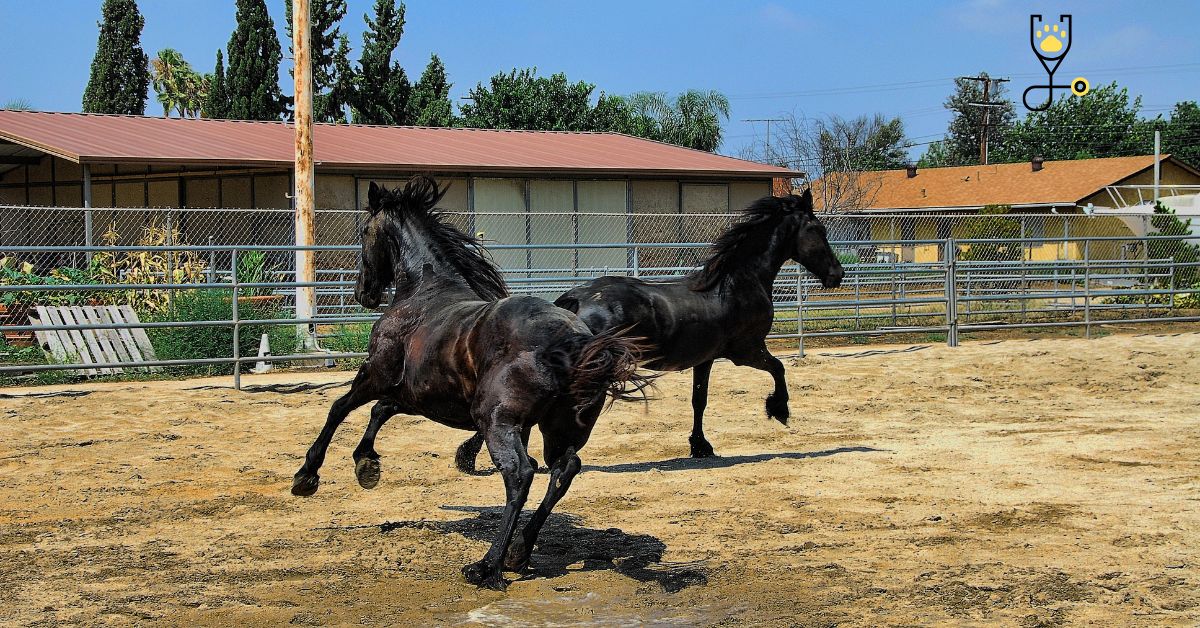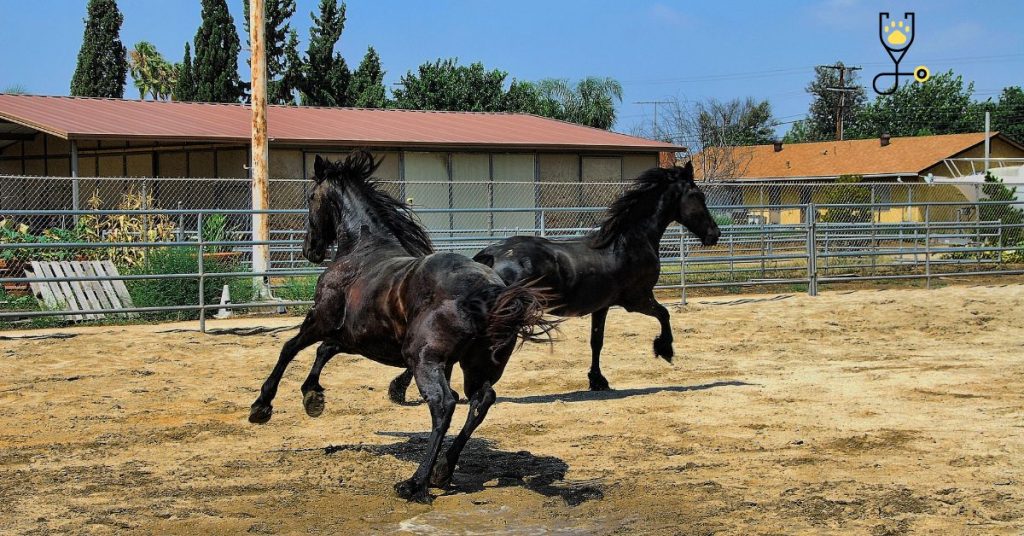It’s happened to all of us. You’re riding your horse along and come to a jump. You give him a little nudge, but instead of jumping he just stands there looking at you like he has no idea what you’re talking about. Why do horses balk and refuse to jump? There are actually several reasons why this might happen, and knowing what they are can help you troubleshoot the problem. In this post, we’ll take a look at 10 common reasons horses refuse to jump and offer some solutions for each one. So if you’ve been struggling with your horse’s unwillingness to jump, read on for some tips that might help!
Why do horses balk and refuse to jump
Here are 10 common reasons why horses may refuse to jump:
1. Fear
Horses are naturally scared of heights and anything they don’t understand or have not been exposed to before. If a horse is asked to jump something that it doesn’t understand, it may be scared and balk.
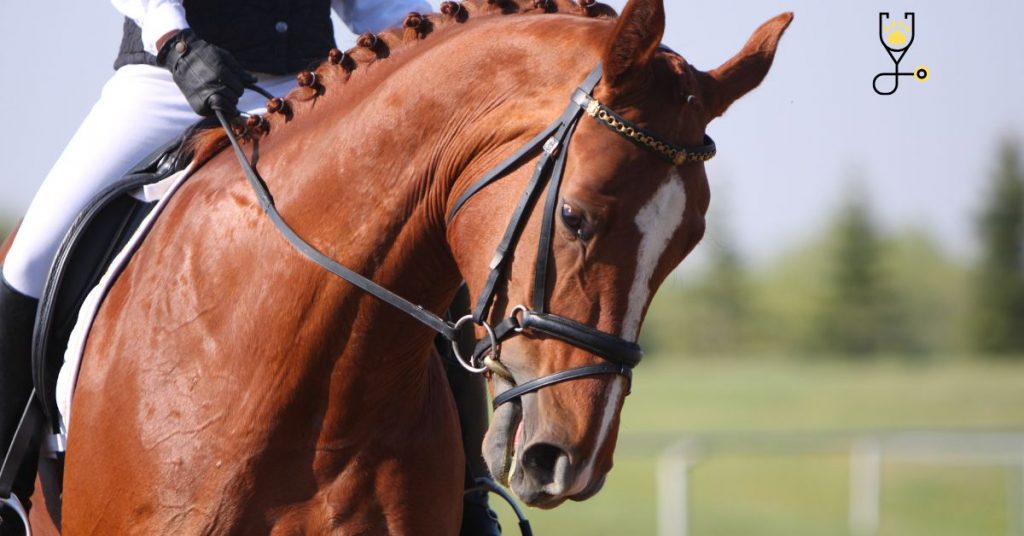
2. Unfamiliarity
A horse may balk if it has never seen the jump before or is trying something new. It needs time to become comfortable with a new obstacle before attempting it.
3. Pain
Your horse may refuse to jump if he is in pain from an injury or improper shoeing/trimming of their hooves. Check for signs of lameness or soreness before asking them to jump again.
4. Poor Conditioning
Horses require regular conditioning and training in order to be able to jump properly and safely. If your horse is out of shape, it may balk at the sight of a jump or not have the strength to clear it.
5. Poor Technique
Horses tend to learn from repetition, so if they are asked to jump something incorrectly, they may get confused and refuse. Make sure you’re setting your horse up for success by teaching them proper jumping techniques.
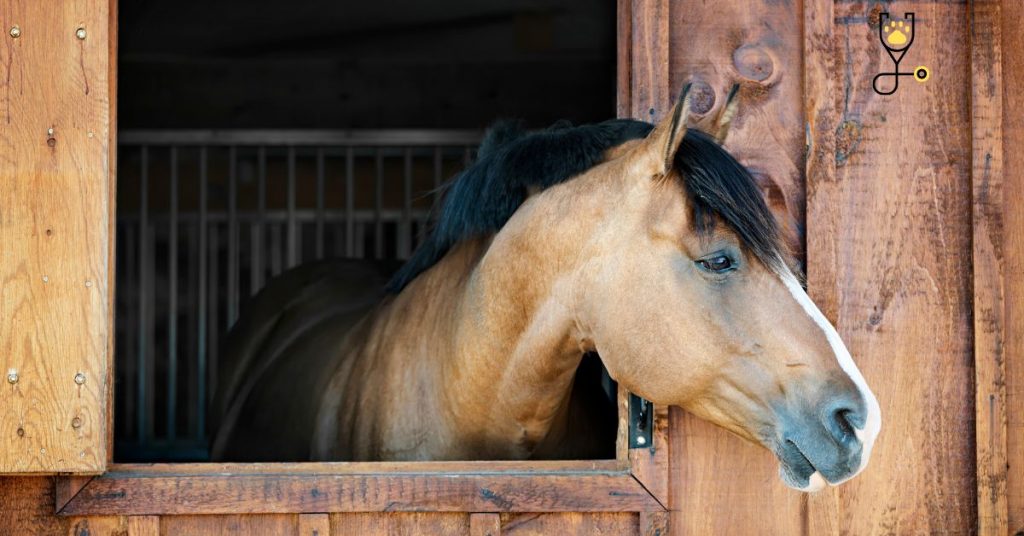
6. Lack of Confidence
If a horse has had a bad experience with jumps before or lacks confidence in its rider, it may be hesitant or refuse altogether. This can often be remedied with time and patience as well as a positive reinforcement when they do successfully complete a jump.
7. Lack of Concentration
If a horse is distracted or not focused on the task at hand, it may hesitate or refuse to jump when asked. Make sure you are keeping your horse engaged and alert before attempting any jumps.
8. Unfavorable Environment
Horses can be easily spooked by their environment and if it’s too loud or chaotic, they may balk at jumping. You should always make sure the area around the jump is quiet and calm before asking your horse to attempt it.
9. Overfacing
If a horse isn’t properly trained and is asked to jump something that is beyond its skill level, it may refuse for safety reasons as jumping something too difficult could cause injuries.
10. Poor Rider Position
A rider’s positioning is important when it comes to jumping as it affects the horse’s balance and ability to jump correctly. If a rider is not in the correct position, their horse may balk at jumps or have difficulty clearing them.
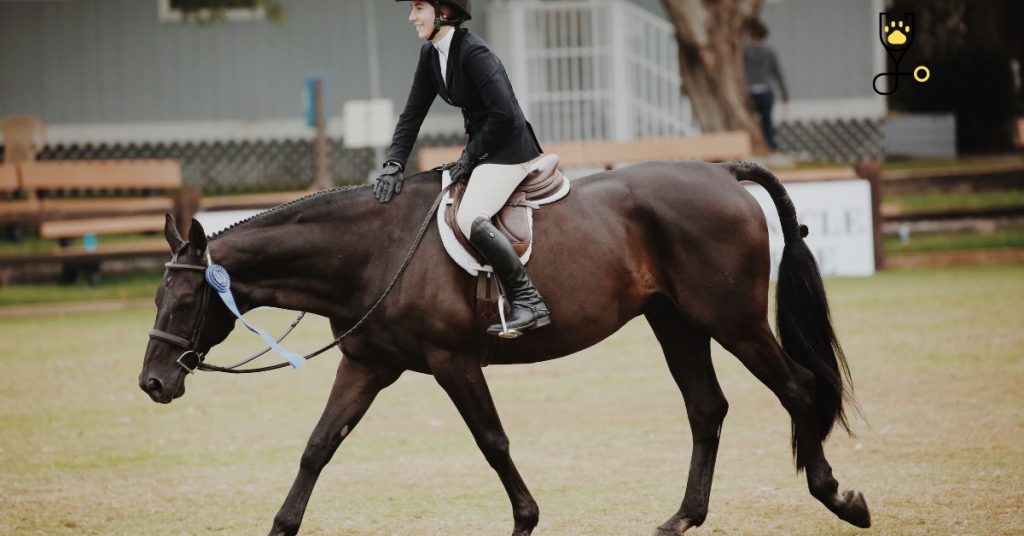
How To Solve Jump Refusal Issues
Now that you know some of the common reasons why horses balk and refuse to jump, here are a few tips for getting them over their fear:
• Start slow and work your way up. Gradually increase the difficulty of jumps as your horse’s confidence builds.
• Focus on proper technique and position when attempting jumps. Make sure you’re in the correct position with both legs evenly balanced in the stirrups before asking your horse to jump.
• Don’t punish or get angry at your horse if they refuse to jump, instead try gentle encouragement like scratches and words of praise when they do succeed.
• If you sense fear or hesitation in your horse, try calming them down before attempting a jump. This can be done through practice with ground poles, small cross rails, and simple gymnastic exercises.
• Make sure the environment is calm and quiet when jumping as loud noises or chaotic activity could spook your horse.
• Check for signs of pain or discomfort before asking your horse to jump as this could affect their willingness to do so.
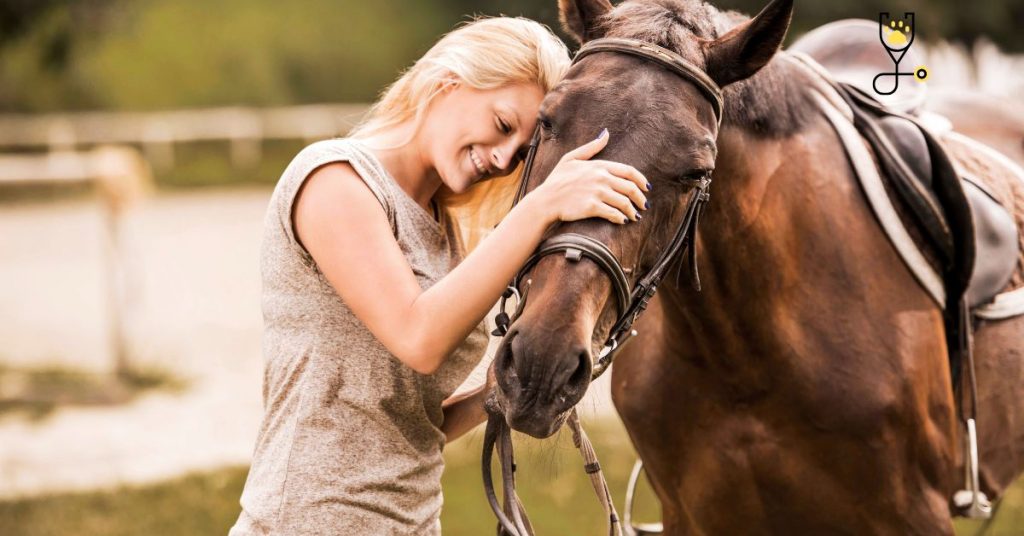
What If Refusing to Jump Continues?
If your horse is still refusing to jump after trying all of the above tips, it may be time to consult a professional. A vet or equine professional can give you more advice on how to get your horse comfortable with jumping as well as diagnose any other issues that may be causing the refusal. They can also help you identify any underlying physical or emotional problems that need addressing before attempting jumps again.
Remember, every horse is different and it’s important to take the time necessary for yours to become comfortable with jumping. With patience and understanding, even the most hesitant horses can eventually learn to love jumping!
Conclusion
Start by identifying the underlying cause of why your horse is refusing to jump and then work to address the issue with patience and understanding. Make sure you’re setting up your horse for success by teaching them proper jumping techniques, providing a calm environment, and ensuring they are comfortable before attempting jumps. If all else fails, don’t hesitate to consult a professional for advice on how best to get your horse over its fear. With time and encouragement, even the most hesitant horses can learn to love jumping!
Good luck!
Frequently Ask Questions
Q: Why is my horse refusing to jump?
A: There can be many reasons why a horse may refuse to jump, including fear, inexperience, unfavorable environment, facing, and poor rider position. It is important to identify the root of the issue before attempting jumps again.
Q: How can I help my horse learn to love jumping?
A: Start by teaching your horse proper technique and positioning for jumping. Make sure it is comfortable in its environment before asking it to attempt jumps and use gentle encouragement rather than punishment if it refuses. Gradually increase the difficulty of jumps as your horse’s confidence builds and don’t hesitate to consult an equine professional if necessary.
Q: Is there anything else I can do to help my horse jump better?
A: In addition to teaching your horse proper technique and providing a calm environment for jumping, ground poles and gymnastic exercises can also help. Ground poles are great for teaching horses the rhythm of jumping and how to maintain balance over jumps. Gymnastic exercises such as small cross rails can help build confidence while helping your horse become more comfortable with different heights.
Q: Is it normal for a horse to be scared of jumping?
A: Yes, it is normal for horses to be scared or hesitant when attempting jumps, especially if they are inexperienced or have had negative experiences in the past. It’s important not to get frustrated with them but rather take the time to help them become comfortable with jumping. With patience and understanding, even the most nervous horses can learn to love jumping!
Q: What are some signs that my horse is uncomfortable with jumping?
A: Some common signs that your horse may be uncomfortable or unwilling to jump include hesitation when approaching a jump, tension in the body, swishing of the tail or ears back, and refusal to go over a jump. If you notice any of these behaviors it is important to take a step back and try addressing the underlying issue before attempting jumps again.
